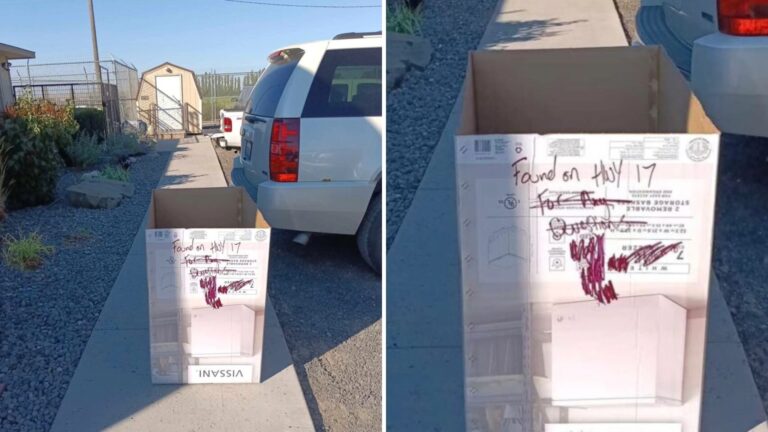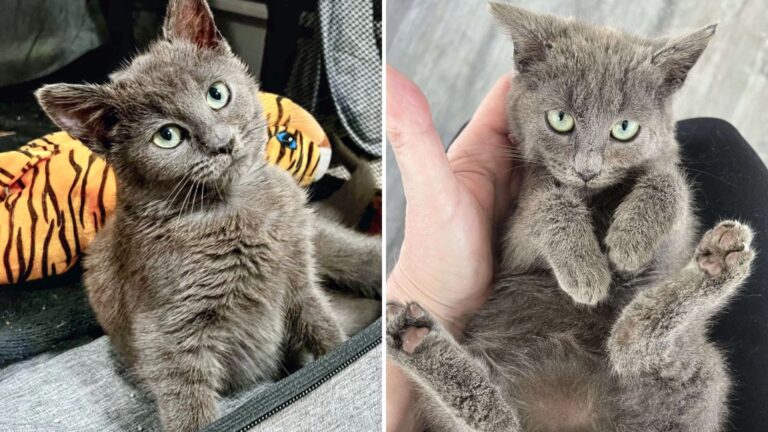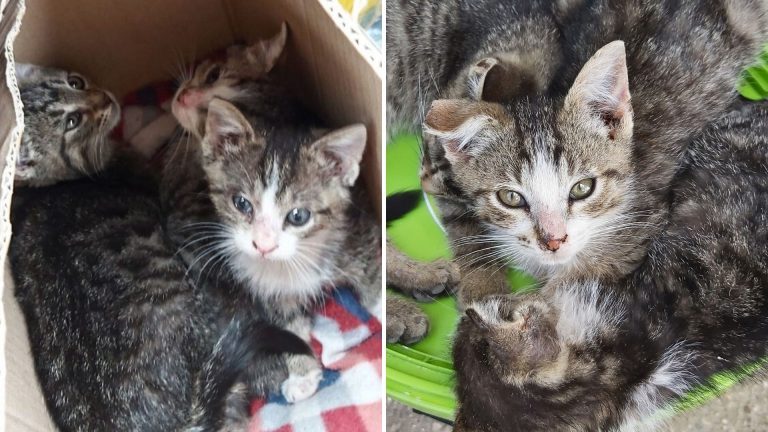Michigan Bear Finally Freed After Two Years With Plastic Lid Stuck Around Its Neck
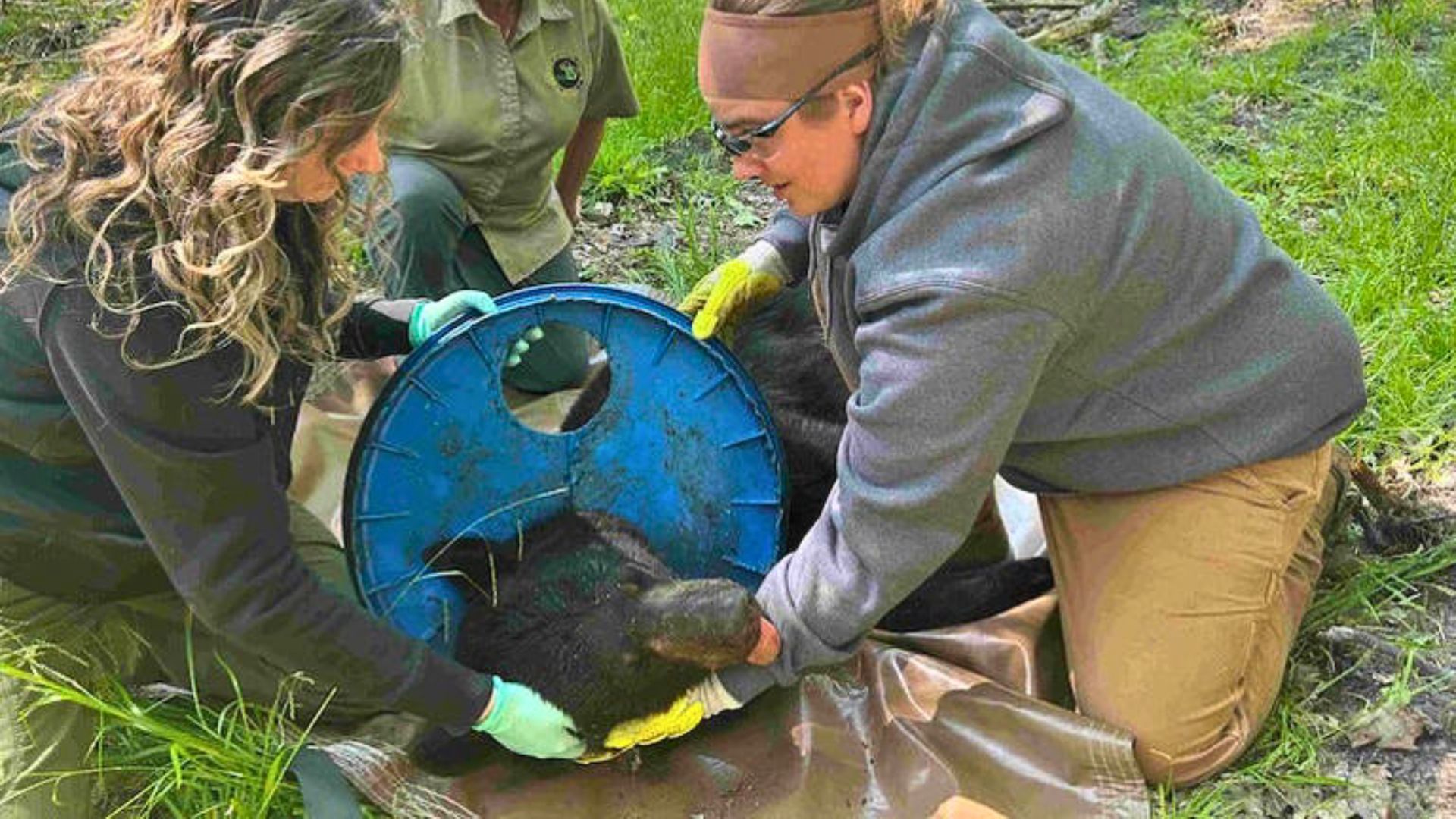
For nearly two years, a young black bear in northern Michigan carried a heavy burden, literally.
A large blue plastic lid, lodged tightly around its neck, had become an unintended collar that wildlife officials feared could become fatal. But a few weeks ago, the story finally took a turn for the better.
Wildlife biologists, in collaboration with the Michigan Department of Natural Resources (DNR), had been monitoring sightings of a juvenile bear with a plastic lid stuck around its neck, a lid with a 5-inch hole, likely from a 55-gallon drum.
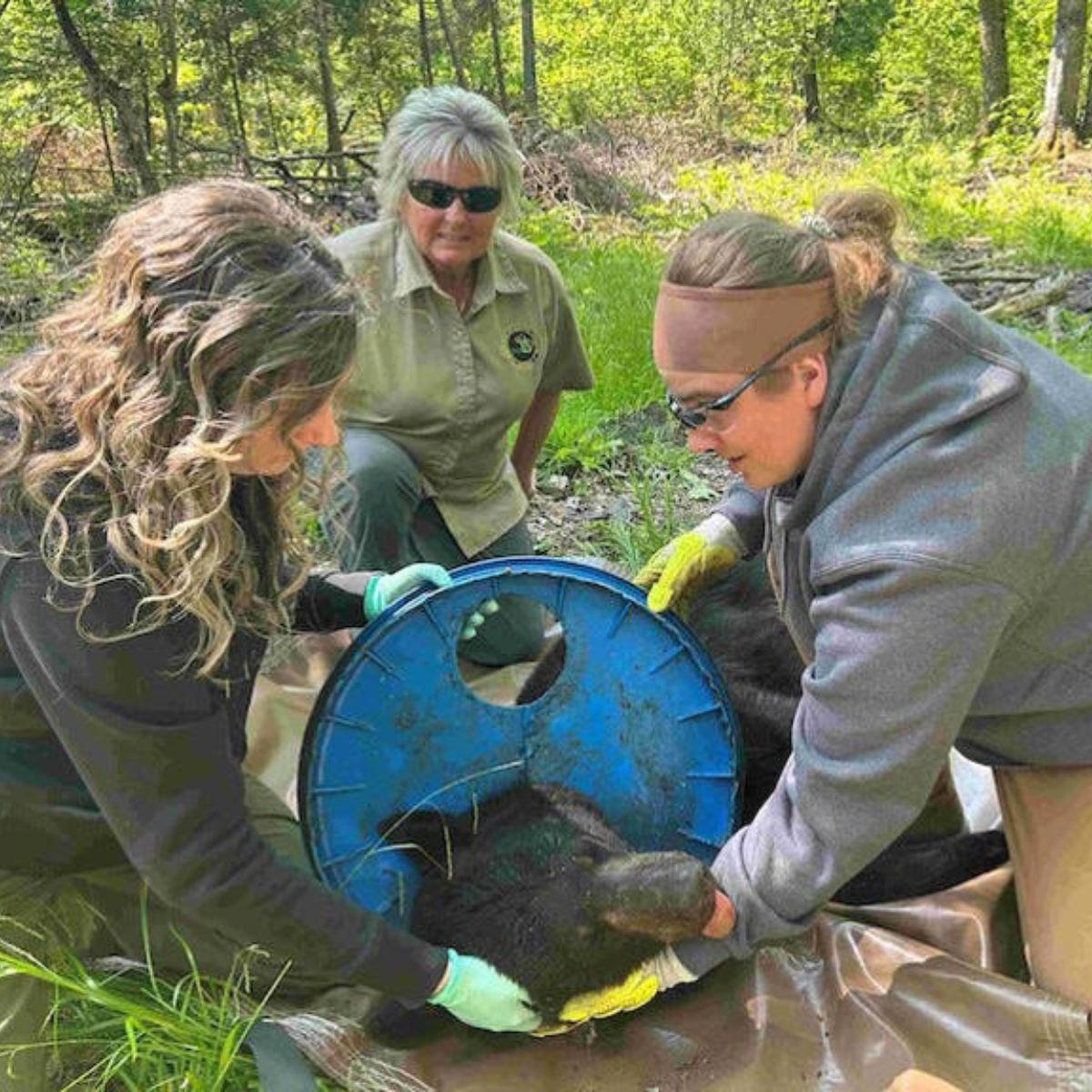
These types of lids are often used by hunters and landowners to store food or bait, and unfortunately, they can become dangerous when wildlife gets involved.
The young bear, likely around a year old when first spotted, had somehow managed to slip its head through the small opening, but not back out.
Despite this, the animal managed to survive in the wild, growing into a 110-pound 2-year-old.
While the bear remained elusive over the years, the plastic ring remained firmly in place, digging into its skin and causing visible injuries.
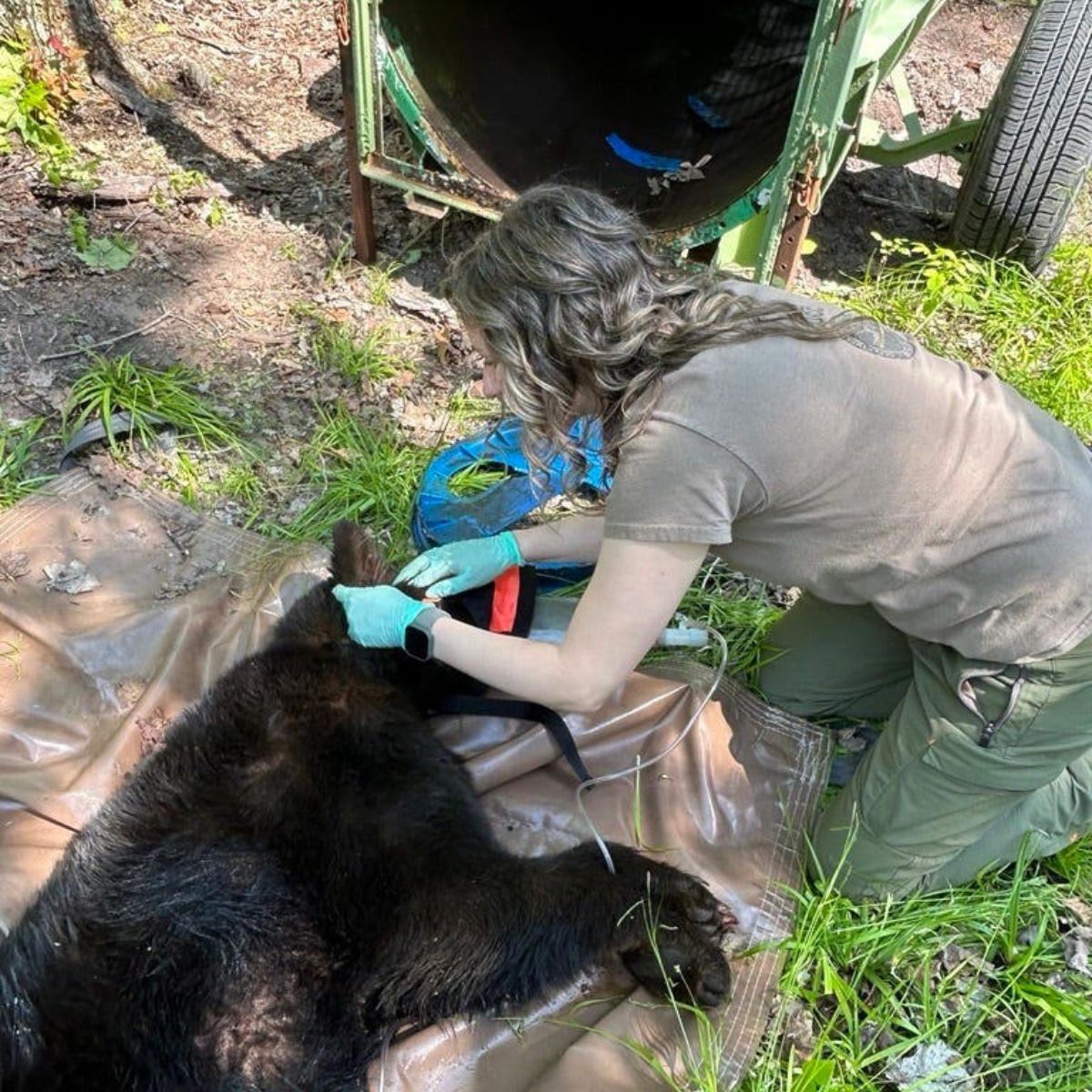
It’s pretty remarkable that it survived this long. But the situation was getting serious. That lid was causing deep scarring and even an abscess. It had to come off.
The breakthrough came in 2025, when a resident near Hillman, Michigan, spotted the bear on a trail camera set up on his wooded property.
Recognizing the plastic ring and understanding the significance of the sighting, he quickly reported it to the DNR.
With the landowner’s permission, DNR biologists acted fast. They set up a baited live trap on the property in hopes of finally capturing the bear. After years of near misses and disappearing sightings, they succeeded.
Once captured, the bear was safely sedated by a DNR wildlife team. They carefully removed the plastic lid and treated the area around the wound.
In addition to freeing the animal, the team collected data on its weight, size, and overall health. Aside from the neck injury, the bear appeared in surprisingly good condition for one that had spent two years entangled in plastic.
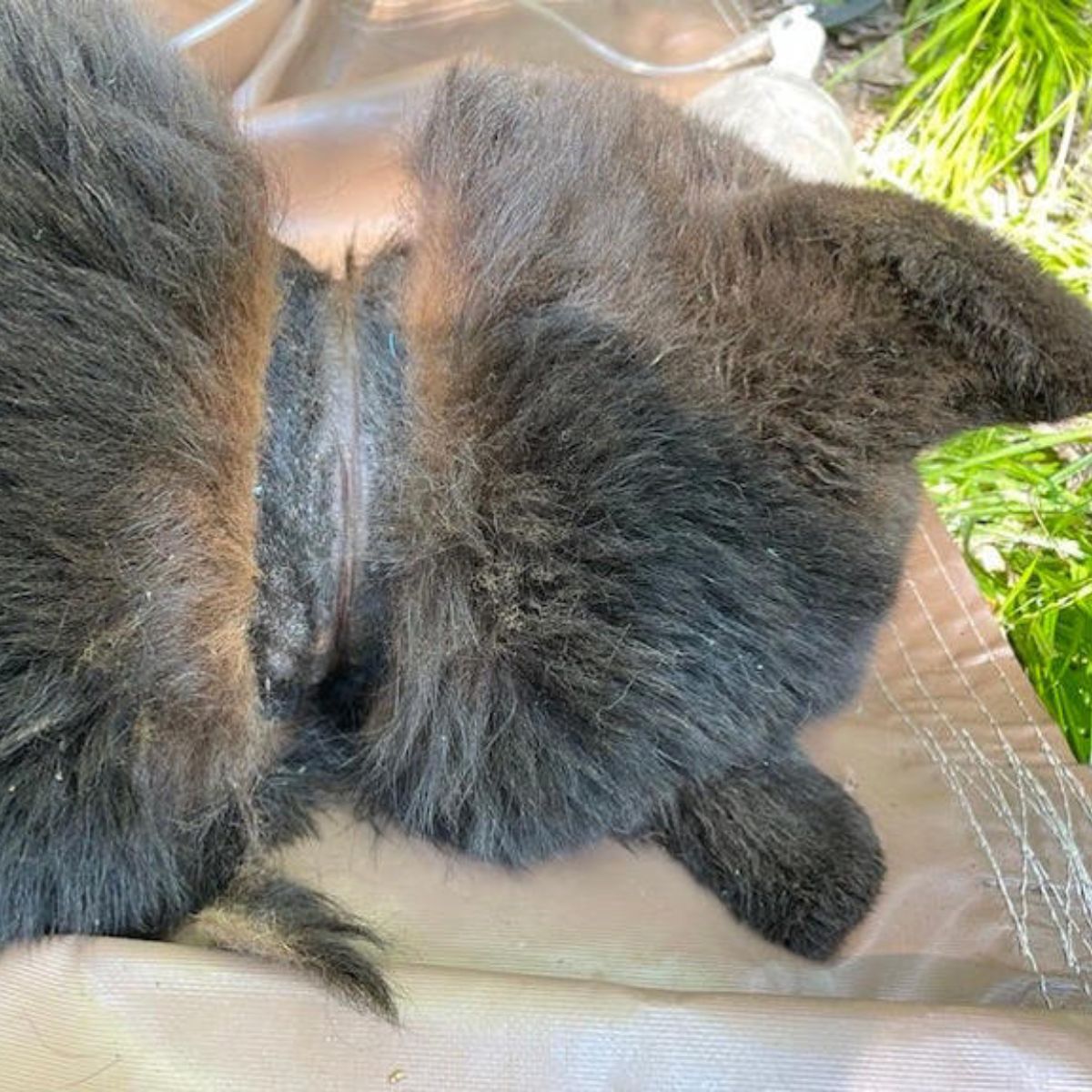
The bear weighed in at about 110 pounds, which is pretty normal for a 2-year-old male, according to the Michigan Department of Natural Resources. It’s still growing, and is expected to recover well now that the obstruction is gone.
The DNR believes the lid came from a 55-gallon drum commonly used to store bear bait or animal feed like chicken pellets.
While baiting bears is legal in Michigan under certain regulations, there are rules regarding container safety. As the DNR stated in an interview:
“While baiting is a legal method for hunting bears in Michigan, bait containers can only be used on private land and may only have holes that are either 1 inch or less in diameter or 22 inches or greater in diameter.”
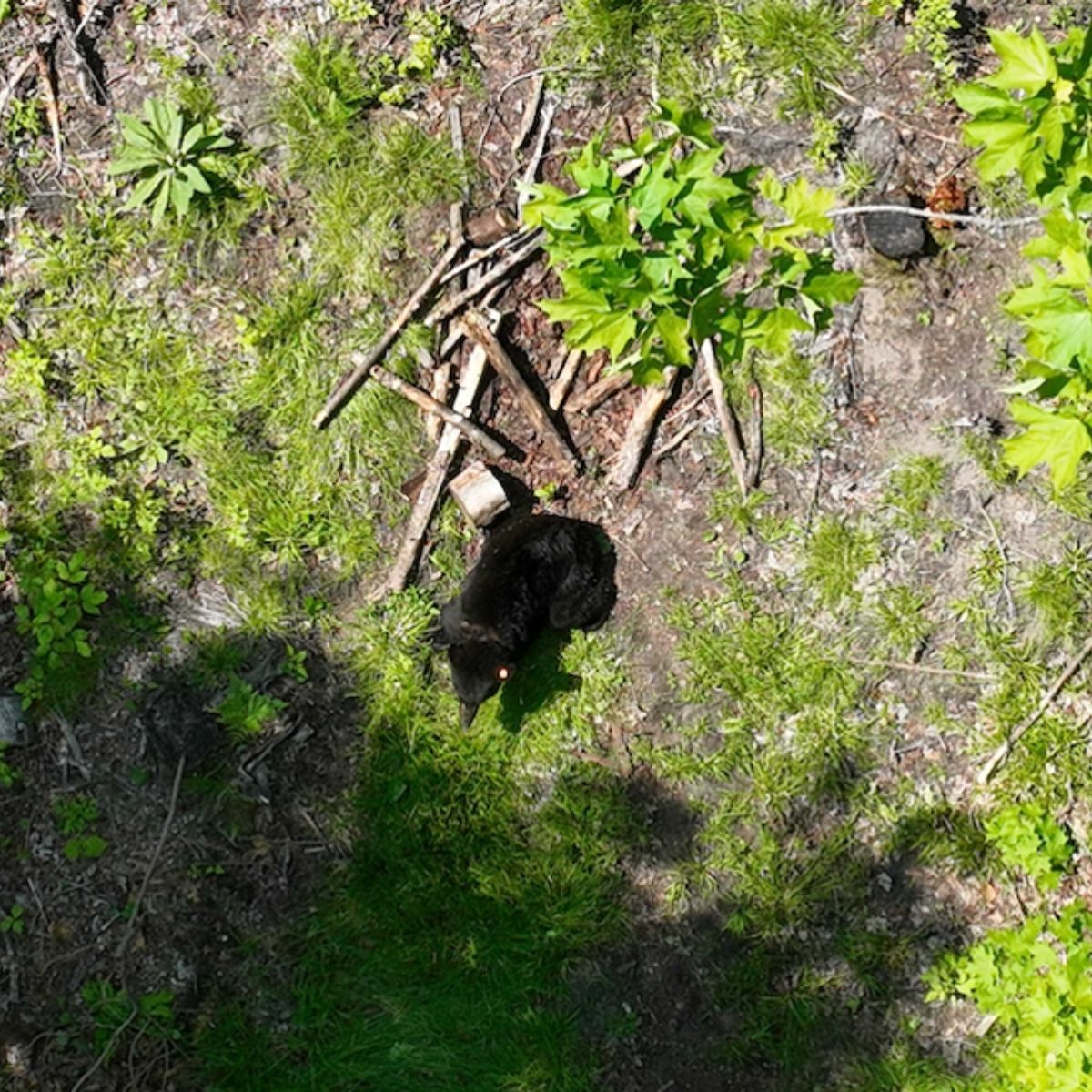
Animals, especially curious young ones, can easily get stuck in openings of certain sizes, and it doesn’t always end as well as this.
To prevent future situations, the DNR is reminding landowners and hunters to be mindful of the containers they leave out.
Cody Norton, the small game specialist at the DNR, encourages people to recycle or crush empty containers like cheeseball tubs and bait lids, and to always secure food, garbage, and animal feed. As Cody said:
“Container openings of a certain size can result in bears and other wildlife getting their heads or other body parts stuck in them, leading to injury or death. It’s important to remember that the opening diameter is more important than the size of the container.”
Simple steps like locking up trash or using safe bait containers can make a big difference in keeping both bears and people safe.
As for the bear, it was released back into the same area where it was captured – hopefully now on a much easier path through the wild.
And thanks to a watchful landowner, fast-acting biologists, and a little luck, the bear’s long ordeal with the plastic collar is finally over.

